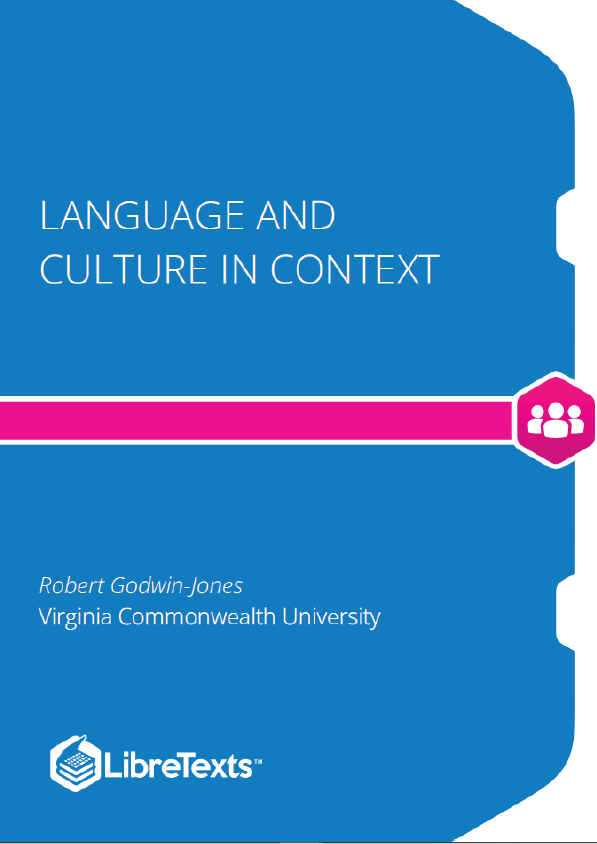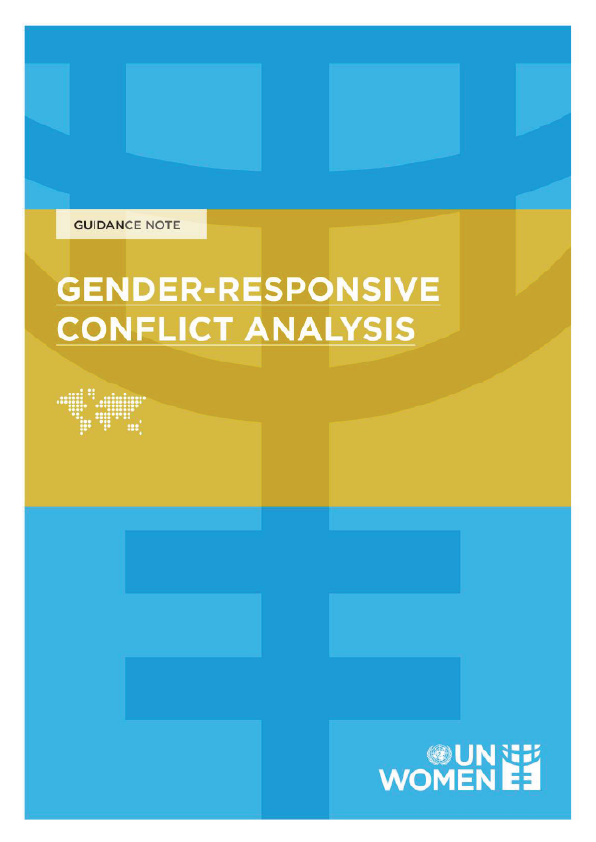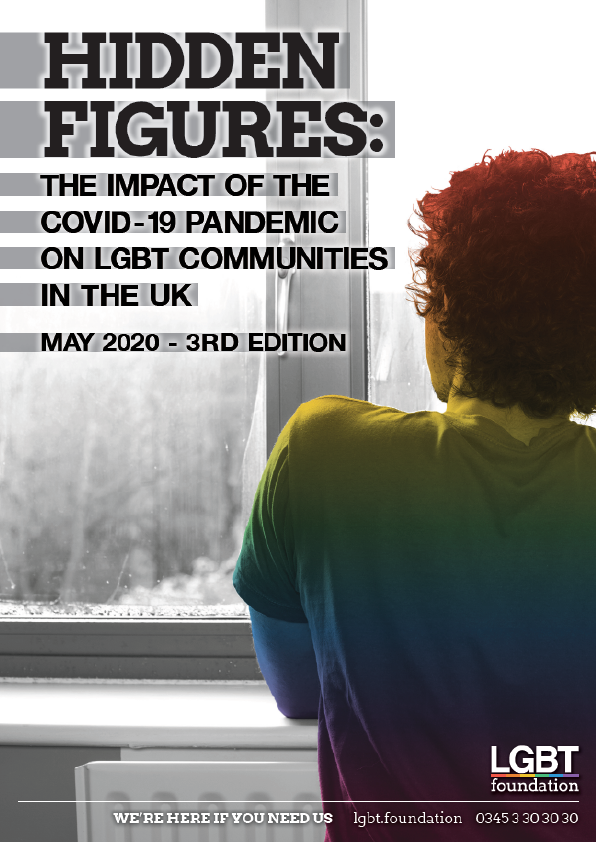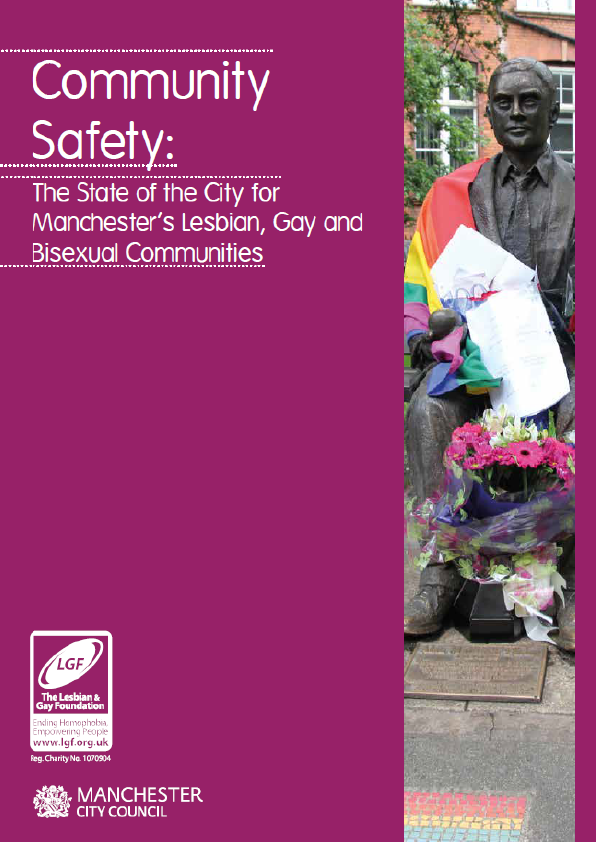The text introduces some of the key concepts in intercultural communication as traditionally presented in (North American) courses and textbooks, namely the study of differences between cultures, as represented in the works and theories of Edward Hall (1959) and Geert Hofstede (1980). Common to these approaches is the prominence of context, leading to a view of human interactions as dynamic and changeable, given the complexity of language and culture, as human agents interact with their environments. This aligns with the principal approach used in this textbook, which is broadly ecological, looking at the multiple factors of individuality and context (including but not limited to national origin) that influence intercultural communication. There is an attempt throughout the text to incorporate views on intercultural communication from a geographically diverse array of scholars, supplementing the author’s North American perspective. How intercultural communication is envisioned as a discipline varies considerably from country to country. In many cases, intercultural communication is associated with professional areas such as business, education, healthcare, or hospitality services. These are all areas in which communication with those who represent different cultures and languages is crucially important, and where encounters between those representing different cultures is increasingly the norm.
- Successful interaction with this and associated course content will enable students to…
- Recognize the need for IC competence in today’s increasingly diverse communities
- Develop balanced and informed views on the concepts of culture and communication
- Perceive patterns in cultural traditions/values but be alert to over-simplifications
- Recognize the ethnic issues in IC and the need for global citizenship
- Understand the role of media in framing cultural values
In this initial chapter we will be discussing some of the fundamental aspects of intercultural communication, including its importance in today’s world, its history as an academic discipline, and the typical approaches to its instruction. There will also be discussion of the role of media in intercultural communication as well as its relationship to ethics. This chapter, as do each in this text, concludes with a section related to technology; in this case, dealing with the importance of digital and information literacy for intercultural communicative competence.
What is Intercultural Communication?
Intercultural communication refers to the process of interacting with people who are different from oneself in fundamental ways related to appearance, language, worldviews, or a number of other categories. For many people this phenomenon is part of their everyday lives, for example, in multilingual, multicultural communities or in culturally diverse families. The majority of human societies deal with multiple cultures and multiple languages. The USA has traditionally been one of the few countries in which it is possible to be successful even if one speaks only one language, English (Nieto, 2010). The USA, however, is shifting demographically in ways that are likely to change dramatically attitudes towards language and culture. By the year 2042, demographers tell us, non-Hispanic whites will be in the minority (Roberts, 2008).











